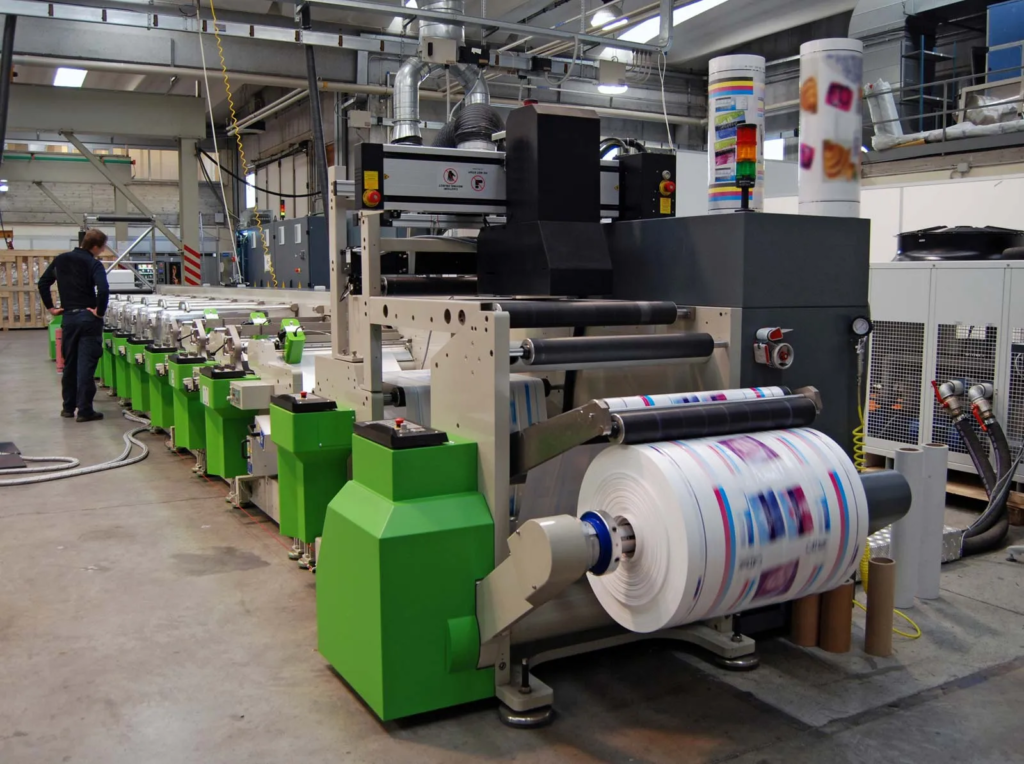Introduction:
Hello and welcome to the Go Bio Services blog! We are devoted to remaining at the forefront of the printing business as leading paper suppliers and exporters. In today’s post, we go into the intriguing evolution of offset printing, analysing previous milestones, discussing current situation, and providing insights into future trends that impact this dynamic area. So, join me on a journey through time to learn about the evolution of offset printing!
The Beginnings of Offset Printing:
Offset printing, which first appeared in the late 1800s, revolutionised the printing business. The technique of transferring ink from a metal plate to a rubber blanket before imprinting it onto paper was a major achievement. This offset process enabled more precise and efficient printing, eventually displacing previous methods such as letterpress.
Present-Day Offset Printing:
Offset printing is a dependable and adaptable process that is utilised in a variety of industries. Let us look at some key improvements and developments in modern offset printing:

a. Better Plate Making: The switch from traditional photographic plates to computer-to-plate (CTP) technology has sped up the plate-making process. CTP enables faster and more precise reproduction, resulting in higher print quality and shorter manufacturing times.
b. Automation and Digital Integration: Advanced automation capabilities and seamless integration with digital systems are now standard on modern offset presses. This integration enables faster data transfer, faster job setup, and better control over the printing process, resulting in high precision and consistency.
c. High-Quality Colour Reproduction: With the introduction of sophisticated colour management systems and specialised inks, offset printing today provides superior colour accuracy and consistency. Offset printing is the preferred method for high-quality colour reproduction due to Pantone matching systems and expanded colour gamuts.
Future Trends: Shaping the Future of Offset Printing:
Offset printing is positioned to accept new breakthroughs and trends as technology continues to grow. Here are a few significant areas to keep an eye on in the future:

a. Initiatives for Sustainability: As environmental concerns gain traction, offset printing is likely to embrace more environmentally friendly practises. This involves using eco-friendly inks, procuring sustainable paper, and employing energy-efficient printing technology. These initiatives will meet the increasing need for environmentally friendly printing solutions.
b. Digital Integration: Offset printing’s integration with digital technology will continue to grow. Web-to-print platforms, online ordering systems, and automated processes will allow for faster and more streamlined print production, allowing clients to submit and manage print orders more easily.
c. Hybrid Printing: The combination of offset and digital printing technologies opens up new opportunities. Hybrid printing solutions can combine the advantages of both technologies, providing cost-effective short runs with changeable data capabilities while maintaining the superior quality and efficiency of offset printing.
Conclusion:
Offset printing’s growth has seen amazing advancements, making it an integral aspect of the printing industry. Offset printing has dependably supplied high-quality prints with precision and efficiency, from its humble beginnings to today’s cutting-edge technologies. Offset printing will continue to adapt and thrive in the future, embracing sustainability, digital integration, and hybrid solutions. Go Bio Services, as paper suppliers and exporters, maintains devoted to offering the highest quality materials for offset printing while keeping up with these exciting industry innovations.
Stay tuned for more informative articles from Go Bio Services on printing technology, industry trends, and sustainable practises. Please contact us if you have any queries or would want to learn more about our comprehensive line of paper products. Have fun printing!
